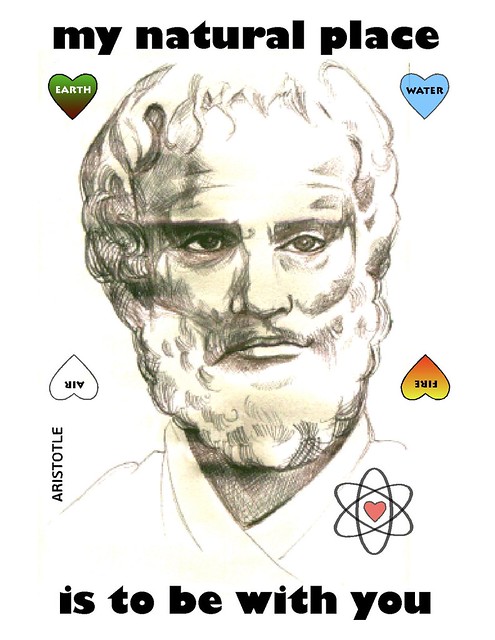Then again, that is the point of this assignment. This year in my thermodynamics unit I ended up with two half days open (I couldn't rearrange them to make it a full day). I started making a list of topics related to thermodynamics applications seen in the real world that I don't usually cover. I wanted students to research these topics and share what they learned but was missing the buy-in. I found the topics interesting but knew looking at the list my students initially might not. They needed something to entice them ... something that would make them click on the topic if they were reading it on their phones. I needed some bait to hook them in ....
Click bait headlines!
[You may have seen that coming]
So I created this assignment (pdf or google doc) for groups to work on on the first of the half days. Students thought the click bait headline requirement was hilarious. Some topics required a bit more explanation to guide them in the right direction. For example, the second question about boiling water could go one of two ways. Some groups went the way I was thinking and found that most diseases and bacteria are killed around 80 degrees Celsius while water boils at 100 degrees Celsius. Raising the temperature an extra 20 degrees Celsius is a large amount of energy to waste. Some groups looked at pollutants and said that boiling water did not remove them and in fact can increase their concentration as water boils off.
Some topics, like the popcorn kernels, were high interest but lower level. Harvesting heat from roadways had more diverse answers depending on which of the possible collection methods they were more interested in. I also noticed that students tended to use more vocabulary from the unit in their explanations. The "Urban Heat Island" questions threw students at first; many thought it was merely a sum of body heat in such a densely populated area.
The second half day was spent sharing the responses. Groups read their headlines and summaries. This did not take as long as I expected, so we watched some extraneous thermo videos. I think that the activity could be expanded to require more details like pros/ cons, next steps, potential costs of solutions, etc. This would not work for the popcorn question, but I'm sure with some time I could think of some more higher level topics.
A few examples of the results are below:








